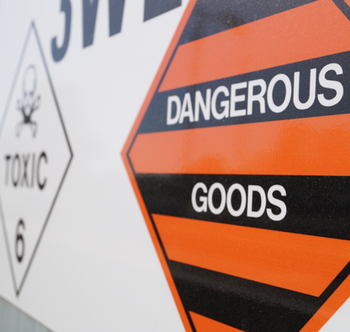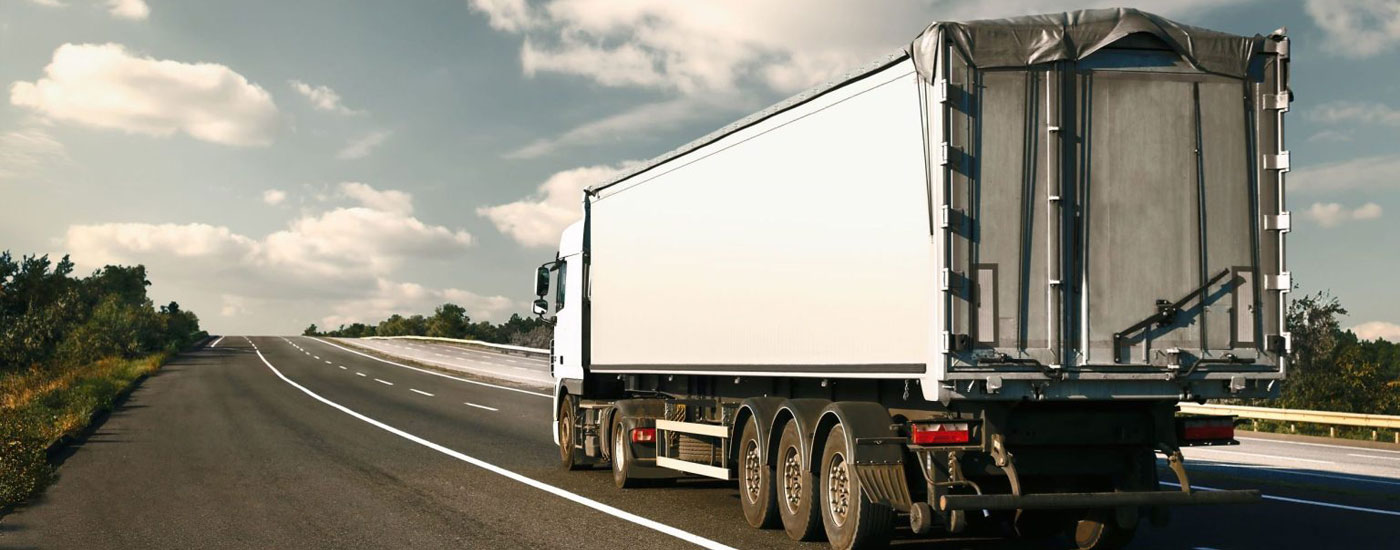Dangerous Goods Transport Safety
The Australian Code for the Transport of Dangerous Goods by Road & Rail (ADG Code) sets out the requirements for transporting dangerous goods by road or rail.
For operational advice, please direct questions to the competent authority in your state or territory. As the regulators, only they can authoritatively advise on operational issues such as labelling, packaging, quantities or placarding. Our role is limited to maintaining and updating the Code.
Edition 7.9 is the latest edition of the ADG Code. It can be used from 1 October 2024 and is mandatory from 1 October 2025. The commencement date in some states may be later than 1 October 2024, please check with your competent authority.
Australian Code for the Transport of Dangerous Goods by Road and Rail (ADG Code) – Western Australia
Acts and Legislation
Dangerous Goods Safety Act 2004
Dangerous Goods Safety (Storage and Handling of Non-explosives) Regulations 2007
Dangerous Goods Safety (Major Hazard Facilities) Regulations 2007
Dangerous Goods Safety (Road and Rail Transport of Non-explosives) Regulations 2007
Dangerous Goods Safety (Explosives) Regulations 2007
Dangerous Goods Safety (Security Sensitive Ammonium Nitrate) Regulations 2007
Dangerous Goods Safety (General) Regulations 2007
What you need to know when transporting and storing dangerous goods
There are requirements you will need to know about when transporting dangerous goods to maintain the safety of yourself and others.
- Segregation
You will need to know how to keep your goods separated and in compliance with all rules and regulations. It’s important for you know what goods cannot be transported or stored with others, and specifically what those are, as this can lead to highly dangerous reactions like fires and explosions. Some goods may need to be stored in separate containers or separate vehicles entirely.
- Storage Temperatures
Some transported goods will have maximum storage temperatures. If these storage temperatures are not adhered to this can cause unwanted and dangerous reactions.
You must constantly be aware of the storage temperatures the materials must be stored at to maintain your safety.
- Flash Points
Much like storage temperatures you must be aware of the flash points of the materials you are transporting. A flash point is the minimum temperature it will take for materials, such as flammable liquids, to ignite and explode.
- Documentation
Transporting dangerous goods is a job that requires documentation. This documentation can be asked for at anytime so you must always possess the correct documents that outline what goods you are carrying and also contain the name and phone number of the consignor. There are also many states that completely prohibit the transportation of dangerous goods in certain zones, so this must be taken in to consideration when you are planning your routes.
- Correct Labels
This definitely goes without saying but all goods must be labelled accurately and match up to all documentation that is being carried.
What do you need to have to hold a license
To transport dangerous goods you will first have to have undertaken the appropriate training such as your Dangerous Goods Drivers License before undertaking job specific training for jobs such as fuel, chemicals and explosives transportation.
To hold these licenses there are a few requirements such as:
- Be at least 21 years old
- Hold or have applied for a Western Australian dangerous good security card or a recognised security clearance
- Hold a current Australian drivers license
- Have a good driving history over the previous 5 years
- Have passed an approved explosives driver training course in the last six months
- Have passed a medical assessment meeting the required standards within the last six months
- Have passed the relevant offence requirements
Nationwide Training provide a variety of certified courses in WA that will leave you confident in the transportation and storage of dangerous goods in Australia. Below you will find some of the important facts that you will need to know if you are going to transport dangerous materials.
The 9 classes of dangerous goods
In Australia all dangerous goods are separated into nine different ‘classes’.
It is important to know and understand these different classes of dangerous goods even if you only plan on transporting or storing one specific type. Nationwide Training offer a variety of training courses to guide you on your journey such as our Explosives Transport Drivers Licence, Dangerous Goods Driver’s Licence, Dangerous Goods Storage and Handling.
The nine classifications of dangerous goods are as follows:
- Explosive Materials
- Gases
- Flammable Liquids
- Flammable Solids
- Organic Pesticides and Oxidising Substances
- Toxic and Infectious Substances
- Radioactive Materials
- Corrosive Materials
- Miscellaneous Dangerous Goods
Nationwide Training have a Dangerous Goods Segregation Wheel available for purchase that serves as an incredibly easy to use reference tool that can be stored in the cab of a truck. It complies with the Australian dangerous goods code and is an essential item for those who are dispatching or receiving and transporting dangerous goods.




























